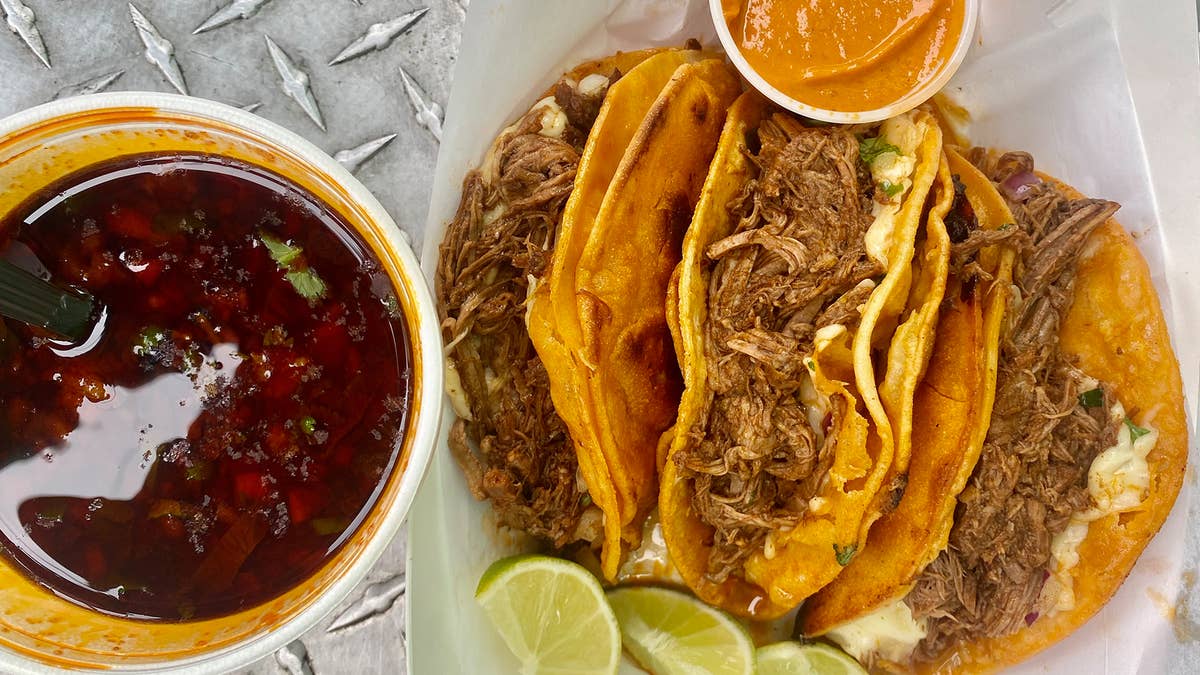Tacos, Burritos, and Beyond: The Heart of California Street Food

Street food plays a major role in California’s everyday dining culture, with tacos and burritos often leading the way. Rooted in culinary traditions from Mexico and shaped by California’s local ingredients and multicultural influences, these dishes range from simple, classic preparations to inventive fusion creations. Whether served from a family-run taquería or a mobile food truck, they offer accessible, flavor-packed meals for many people across the state.
Traditional Foundations
At their core, traditional tacos use soft corn tortillas, modest toppings like onions and cilantro, and meats prepared with time-honored methods—grilling, slow braising, or spit-roasting. Burritos, often featuring larger flour tortillas, typically combine rice, beans, proteins, and salsas into a handheld package. Both formats prioritize bold seasoned filling and complementary toppings.
Regional and Coastal Variations
Coastal areas such as San Diego are known for fish and seafood tacos that highlight fresh-caught or locally sourced seafood, paired with crunchy slaws and citrus. Inland regions may lean more heavily on slow-cooked meats, roasted vegetables, and hearty fillings. Across the state, the availability of local produce often affects condiments and salsas—fresh pico de gallo in summer versus roasted chile-based sauces in cooler months.
Fusion and Innovation
California’s diverse culinary landscape has encouraged many cooks to blend techniques and ingredients. Korean-inspired marinades, Japanese-inspired slaws, and Mediterranean-style toppings appear on taco and burrito menus alongside more traditional options. These layered influences reflect a regional openness to experimentation while keeping the straightforward, portable nature of street food intact.
Food Trucks, Markets, and Community
Food trucks and market vendors often act as social hubs, bringing people together around shared meals. Truck gatherings and night markets allow many vendors to present their specialties in one place, giving diners a chance to sample a range of regional takes. These events also provide an entry point for entrepreneurs who want to reach customers without the overhead of a permanent restaurant.
Making Street-Style Tacos at Home
Recreating a simple street taco is achievable at home. Choose a protein such as grilled fish, marinated beef, or roasted vegetables; warm corn tortillas in a dry skillet; and assemble with a crunchy slaw, a bright salsa, and a squeeze of lime. The contrast of textures and the bright acidity of fresh salsas are key to capturing the essence of the street version.
Respecting Tradition and Community
While innovation is a hallmark of California street food, many of the most beloved vendors draw on long-standing culinary traditions. Supporting family-run taquerías and local markets helps sustain communities and preserves regional recipes. Sampling different styles across neighborhoods is an excellent way to understand both continuity and change within California’s vibrant street-food culture.
Conclusion
Tacos, burritos, and other street foods offer both convenience and deep cultural resonance in California. From traditional recipes passed down through generations to new hybrid versions that reflect the state’s diversity, these dishes remain central to daily life, celebrations, and culinary exploration across the Golden State.